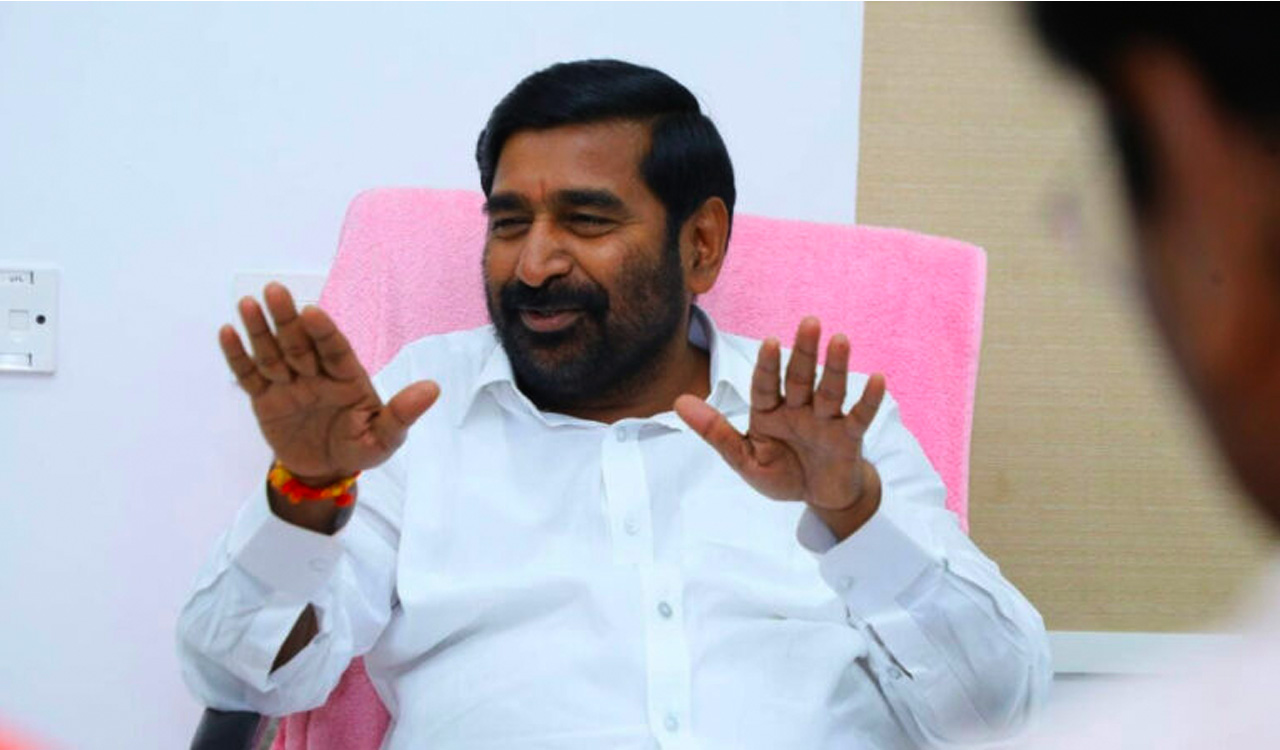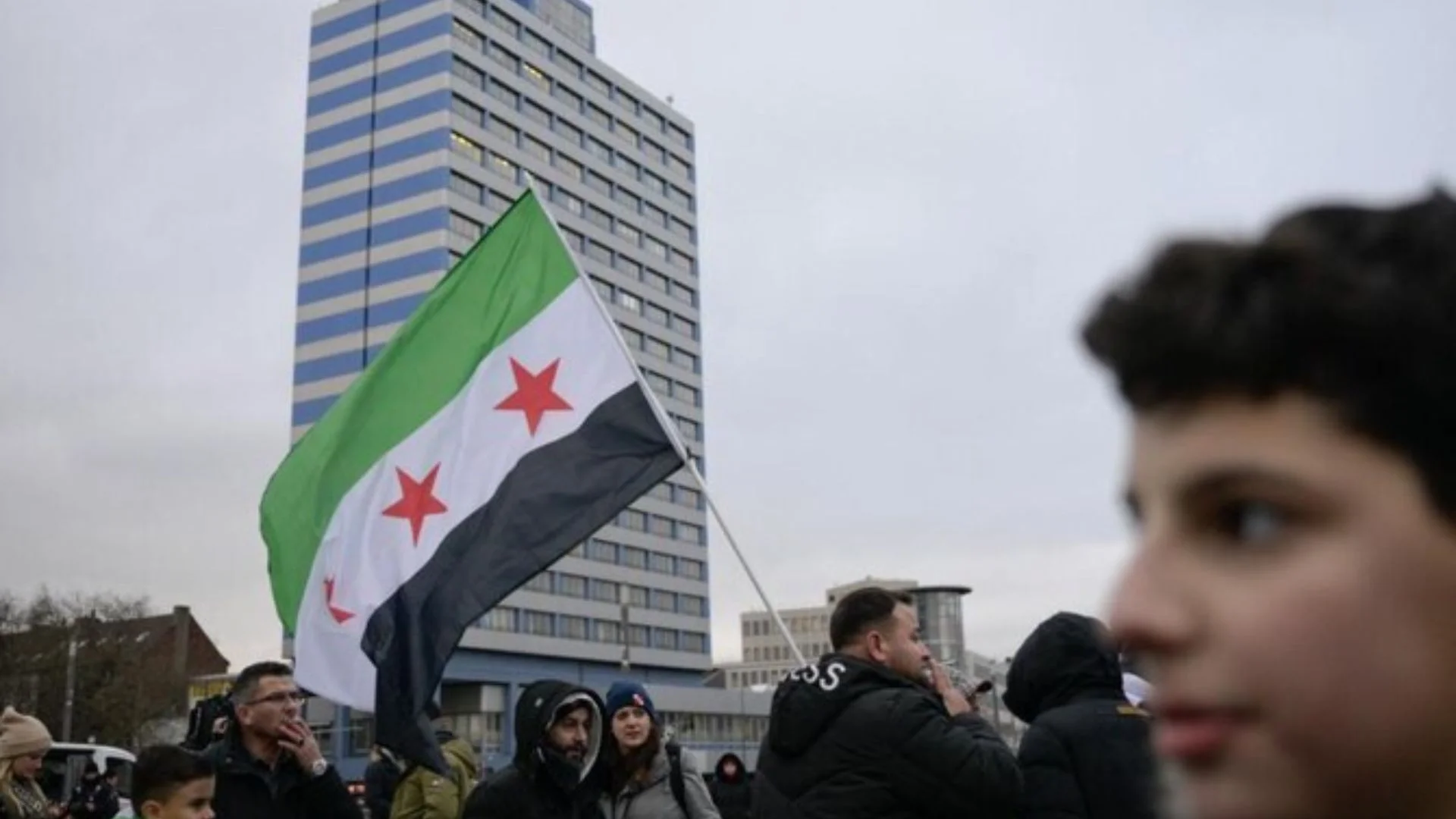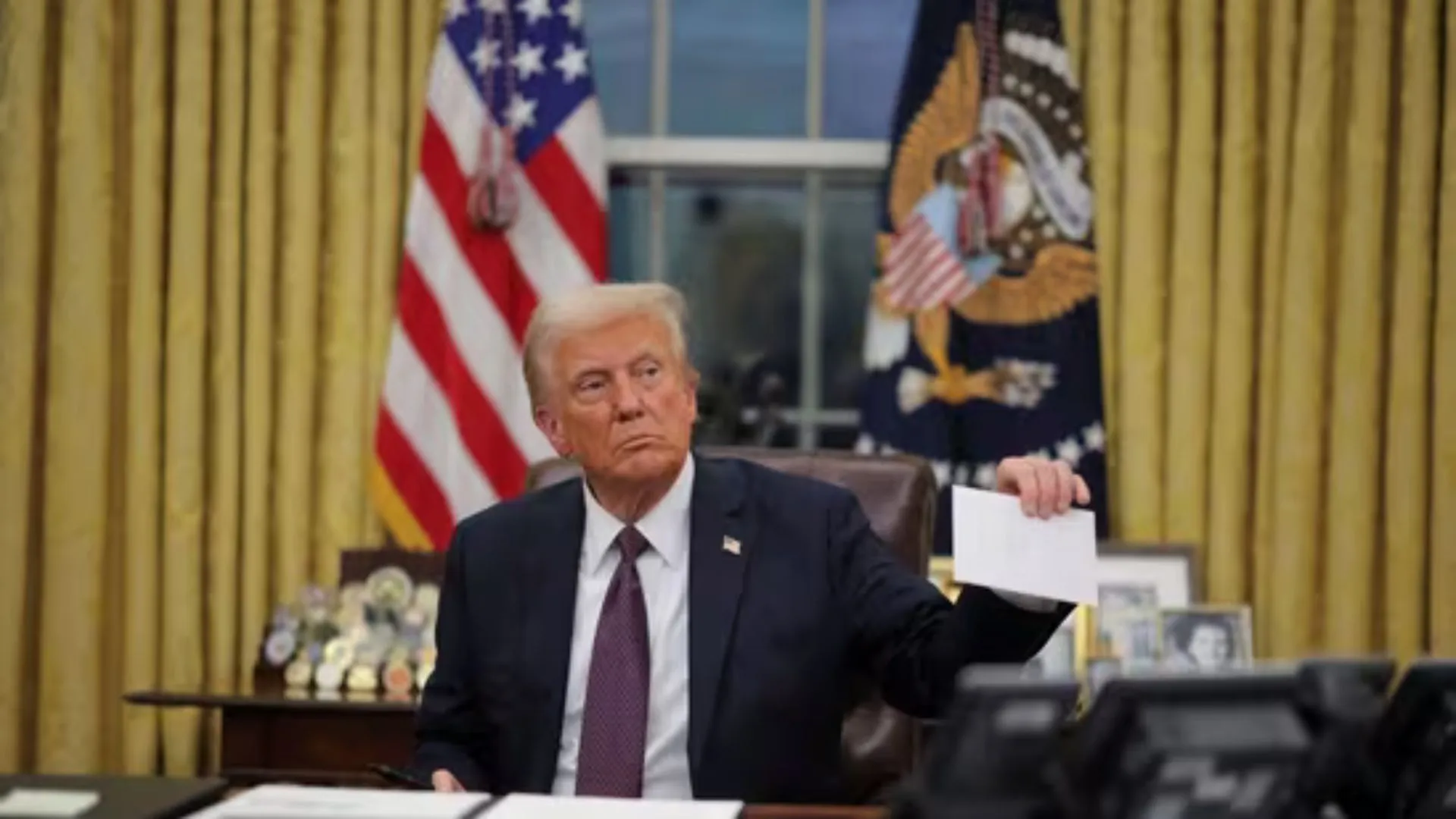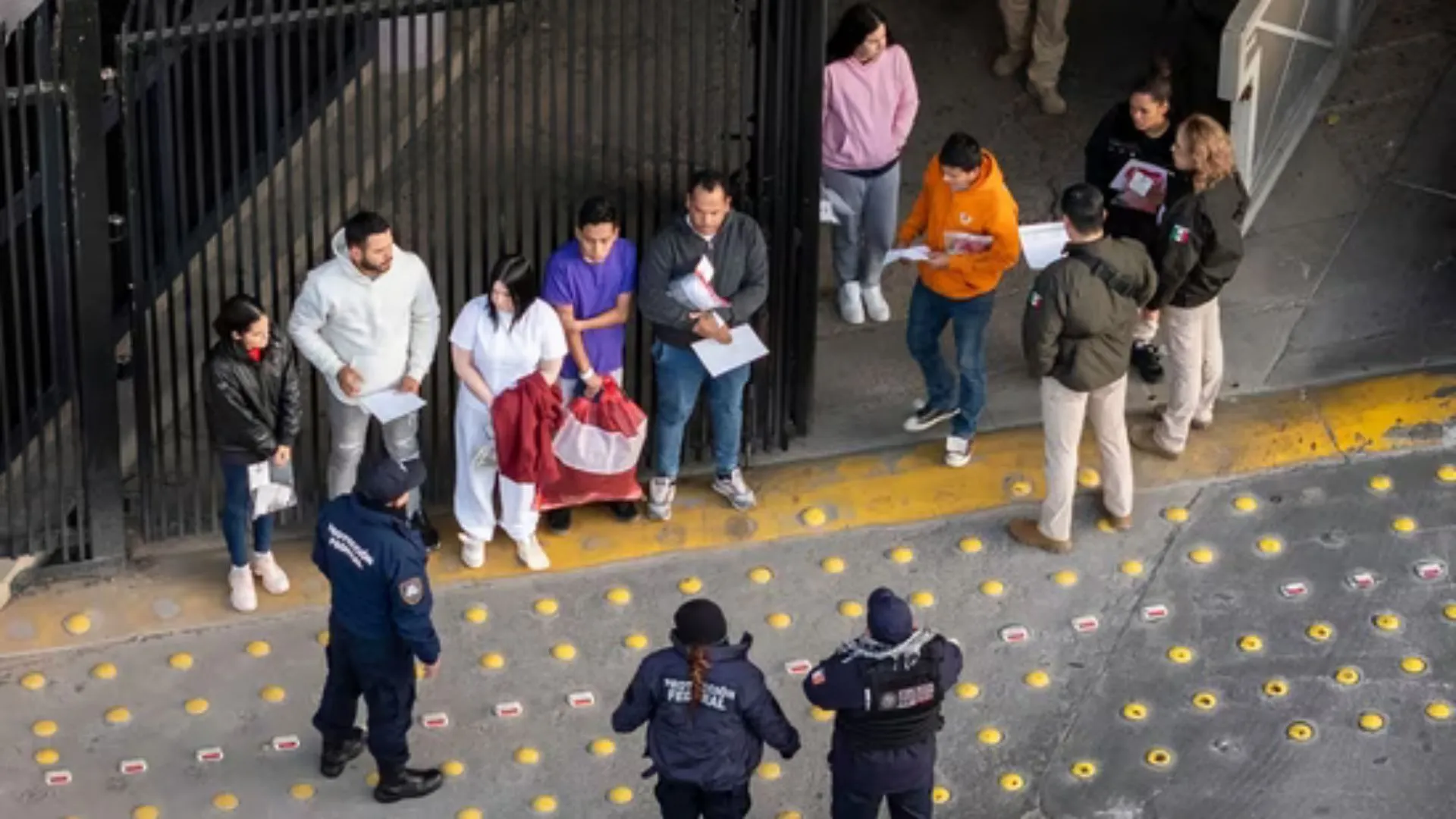The aftermath of the 2018 Telangana Assembly Election saw the Telangana movement wane, as compared to the previous election in undivided Andhra Pradesh. Since then, current Telangana Chief Minister and Telangana Rashtra Samithi (TRS) Chief K. Chandrasekhar Rao (KCR) has reflected on his aspirations for a rising role in national politics. Of late, KCR, as he is popularly known, has been working on bringing reforms and displaying the Telangana model of development. While this has garnered immense media coverage and highlighted his acute showmanship, the political vacuum created by a weak Indian National Congress (INC) coupled with the Bharatiya Janata Party (BJP)’s aspirations to open another flank in south India, have changed the political dynamics of the state.
From two parties that dominated politics in Telangana in the first few years of its formation, the electoral fabric of the state has witnessed the rise of several players, most notably the BJP. Each party, new and old, has been attempting to establish its unique vote base, at times by poaching leaders from across the aisle, and otherwise making attempts to reach out to groups which are socially well-known and have large numbers. With the 2023 Assembly elections, the second in the state, less than a year away, politics in Telangana is churning. This was evident during the Munugode Assembly bypolls recently, an event which at another time would not have gathered enough steam to warrant attention. Several political analysts are calling the bypolls to the assembly both a pacesetter and a unique platform for all major parties to display their strength before the state elections next year.
From Telangana Movement to The First Assembly Election

The 2014 Assembly elections in undivided Andhra Pradesh were held in the shadow of the Telangana movement. The bifurcation of the state was an impending reality with elections scheduled in a manner and sense that the elected representatives from the two regions were due to form two independent assemblies. The new state of Telangana was to have 119 Members of Legislative Assembly (MLAs). In this scenario, KCR, pioneer of the Telangana movement, banked on the demand for a separate state and registered a staggering victory, securing 63 of 119 seats. The INC, another strong force in the state won 21 seats with a statewide vote share of 25.2 per cent, which was still far behind TRS’s 34.3 per cent. Telugu Desam Party (TDP) came in third with 15 seats and 14.7 percent vote share, followed by Asaduddin Owaisi-led All India Majlis-E-Ittehadul Muslimeen (AIMIM) with seven seats and 3.8 per cent votes. AIMIM’s footprint has largely been limited to the Hyderabad region of the state. The BJP has been making concerted efforts to expand its base in the state and won five seats with a vote share that was nearly double that of AIMIM at 7.1 per cent in 2014.
Between 2014 and now, the TRS has strengthened its hold on Telangana by implementing several welfare reforms under its party government. Its electoral position received a boost in 2018, as KCR called for early elections and recorded a whopping victory in the 2018 polls. Between 2014 and 2018, the TRS increased its tally by 25 seats, recording a 47.4 percent vote share in 2018, a jump of 13.1 per cent from 2014. The INC, which came in second, managed 19 seats, two less from 2014 and a slight increase in vote share, clocking 28.7 per cent, 3.5 per cent more than 2014. It was in an alliance with the TDP which came down to just two seats from 15 in 2014. The BJP also witnessed a drop in its electoral fortunes to one seat in 2018 (from five in 2014). While the BJP maintained its vote share at 7.1 per cent, TDP’s share fell significantly from 14.7 per cent, to just 3.5 per cent in 2018. Hyderabad-based AIMIM was another key player in the elections and retained its seven seats from 2014 but its vote share dropped marginally to 2.7 per cent in 2018 (from 3.8 per cent in 2014). In the years since the 2018 Assembly election, the BJP has reinforced and strengthened its campaign in the entire state and is emerging as a key contender in the Hyderabad region, registering victories multiple times during bypolls and local body elections.
BJP Repeating Huzurabad in Munugode

To the BJP, the Munugode bypolls open an opportunity to repeat its victory in Huzurabad 10 months ago. The Huzurabad Assembly constituency, a TRS stronghold since 2004, was represented by rebel Eatala Rajender for four terms between 2009 and 2021. The bypoll in November 2021 was a result of Rajender’s resignation and move to the BJP. The party managed to win the election by riding on Rajender’s popularity, winning by a margin of nearly 24,000 votes. Through this, the BJP dealt a strong blow to the TRS in its stronghold and relegated the INC to third position. The INC candidate lost the deposit, having failed to secure more than one-sixth of the valid votes polled in the constituency, a huge fall from 2018 when the party won upwards of 61,000 votes from Huzurabad.
By banking on Congress rebel Rajgopal Reddy’s popularity at the local level and bringing key central leaders such as Amit Shah to campaign for him, the BJP is looking to repeat its Huzurabad victory. The party’s fortunes received a boost after Huzurbad and a staggering performance in the 2020 Greater Hyderabad Municipal Corporation elections, both of which are helping it build an anti-TRS narrative for Munugode and 2023 Assembly elections. A victory in the Munugode by-election will add another feather to the party’s electoral cap in the state, with several victories in local elections since 2014.
The Munugode Challenge

The impending Munugode by-elections have highlighted internal fault lines in the two main parties—TRS and INC—and reflect the changing face of state politics in the run up to next year’s election. The INC’s local unit is in chaos. The bypoll was necessitated due to the resignation and subsequent shift of its incumbent MLA Komatireddy Rajgopal Reddy to the BJP. For a party which had a strong presence in Nalgonda district, where Munugode falls, the INC is facing increasing pressure owing to local Lok Sabha Member of Parliament (MP) and Rajgopal’s brother Komatireddy Venkat Reddy’s rebellion. The latter has openly defied the party by refusing to attend a meeting by national Congress leader Priyanka Gandhi and opening a fight with Telangana Congress Chief A Revanth Reddy. The MP has also threatened to not campaign for the party in the local polls, a key development in the light of the attention the provincial election has received with the appearance of major central leaders on the campaign trail for other parties.
Venkata Reddy’s defiance is not the only challenge for the state Congress. Telangana Pradesh Congress Committee (TPCC) Chief A Revanth Reddy’s style of functioning and management of the state unit have been called into question by several leaders. Moreover, the party has witnessed an increasing spate of desertions as more than half of the party’s sarpanches and mandal-level representatives in Munugode have quit to join the TRS in the past few months. In the state, the party is likely to witness external pressures apart from internal tensions. In addition to this, the rise of the BJP has created a direct challenge to the INC’s vote bank in the state, converting the 2023 election into an uphill battle for the flailing party.
For the TRS, the road ahead in the constituency might not be as smooth. With a party government in the state and successful implementation of several schemes and programmes in the past few years, the TRS had a clear upper hand that it failed to bank on so far, at least in Nalgonda. The party has not announced an MLA candidate yet amidst rising clamour from within to give the ticket to an Other Backward Class (OBC) candidate, a community that forms 80 per cent of the electorate. Local party leaders have opposed the nomination of former MLA K Prabhakar Reddy for the seat with some local leaders quitting the TRS to join the BJP in protest against his candidacy. According to them, Reddy has lost people’s confidence and was inaccessible to the people and the local cadre during his previous tenure as MLA. The party is finding it difficult to nominate another candidate for the election, fitting the sweet spot of caste politics and internal party dimension.
Trial Run for 2023 Elections

The Munugode elections are crucial for the TRS and KCR. They are pulling all stops to repeat a third victory in the state in 2023, despite being in the thick of challenges at multiple fronts – anti-incumbency since 2014, a rising BJP, and rebellion in local party units. However, the party’s position in the state remains strong. It received a boost as 12 of INC’s 19 MLAs joined the TRS months after the 2018 elections. Coming closer to 2023, the Nagarjuna Sagar by-elections in 2021 have helped bring the mojo back for the ruling party as it retained the seat with 18,000 plus votes, a feat it aims to repeat in Munugode.
For the Congress, retaining Munugode is a matter of prestige, even if it’s a huge challenge. Raja Gopal’s desertion, under whose leadership in the constituency the party won a whopping 49.7 percent of the vote share in 2018, is a huge loss. The local election will set the tone for the party’s 2023 campaign but a return to power in the constituency, let alone the state, will be no easy task.
While the BJP has faced multiple setbacks since 2014 from Rajasthan to West Bengal and Punjab, it is looking to make new forays in south India, a bastion of regional parties, largely unaffected by its Hindutva brand of politics. However, its retention of Goa and a comeback in Karnataka give it hope. Its attention on Telangana to open a second account in south India may show some results, boosted by multiple victories and unexpected performances in several local elections in the state.
























